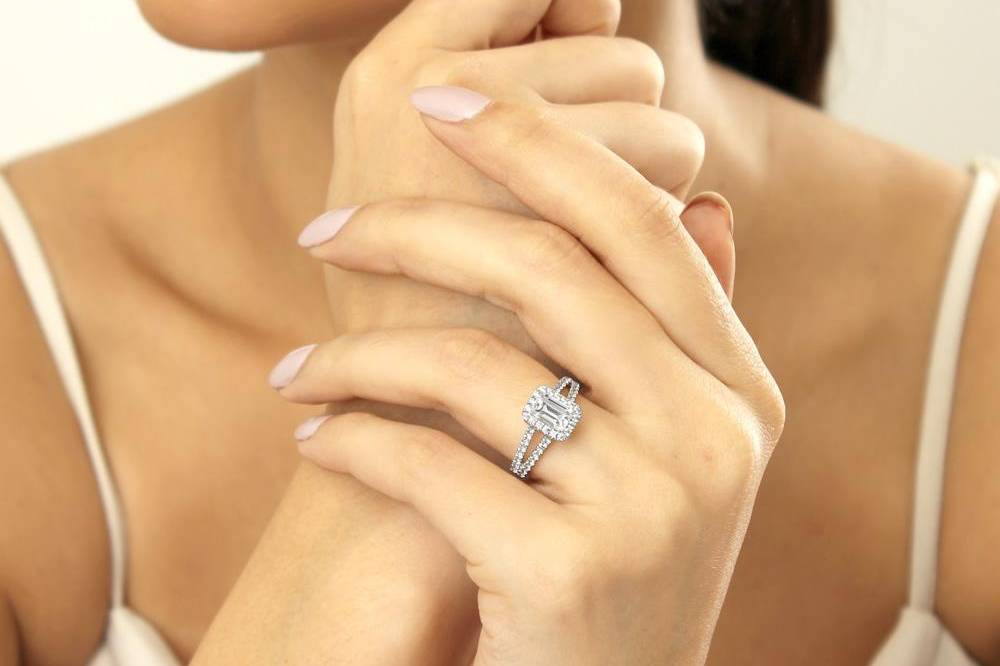
Lab-grown diamonds have gained immense popularity in recent years due to their ethical, environmental, and cost benefits. As technology continues to advance, many people are starting to wonder: are lab-grown diamonds better than natural diamonds? This article will explore various factors, including their characteristics, environmental impact, cost, and value, to help you make an informed decision.
What are Lab-Grown Diamonds?
Lab-grown diamonds, also known as synthetic or man-made diamonds, are created in a laboratory setting using advanced technology that replicates the natural diamond formation process. There are two primary methods of producing lab-grown diamonds: High Pressure High Temperature (HPHT) and Chemical Vapor Deposition (CVD). Both methods create diamonds that are chemically, physically, and optically identical to natural diamonds.
Key Characteristics of Lab-Grown Diamonds:
- Chemical Composition: Lab-grown diamonds are made of carbon atoms arranged in a crystalline structure, just like natural diamonds.
- Appearance: They are indistinguishable from natural diamonds to the naked eye and require advanced equipment to differentiate.
- Hardness: Lab-grown diamonds are just as hard as natural diamonds, with a hardness rating of 10 on the Mohs scale.
The Benefits of Lab-Grown Diamonds
1. Ethical and Sustainable
One of the main reasons consumers are opting are lab grown diamonds better is their ethical and sustainable nature. Traditional diamond mining has been linked to human rights violations, environmental degradation, and exploitation of workers in some parts of the world. Lab-grown diamonds, on the other hand, are created in controlled environments with minimal environmental disruption. They do not contribute to the “blood diamond” trade, which is often associated with conflict regions.
2. Lower Environmental Impact
The process of mining natural diamonds is energy-intensive and contributes significantly to environmental harm, including habitat destruction and water pollution. In contrast, the production of lab-grown diamonds generates a fraction of the carbon emissions and has a much smaller ecological footprint.
3. Cost-Effective
Lab-grown diamonds typically cost 20-40% less than their natural counterparts. This price difference is mainly due to the lower production costs associated with creating diamonds in a lab rather than extracting them from deep within the Earth. For consumers who want the look and feel of a diamond but at a lower cost, lab-grown diamonds provide a highly attractive alternative.
4. Customization Options
Lab-grown diamonds can often be produced to meet specific design requirements, giving consumers more freedom to personalize their jewelry. Whether you are looking for a specific size, shape, or color, lab-grown diamonds offer more customization possibilities than natural diamonds, which are limited by what’s available in nature.
Are Lab-Grown Diamonds of Lower Quality?
Some people are concerned that lab-grown diamonds might lack the same value and prestige as natural diamonds. However, lab-grown diamonds are identical to natural diamonds in terms of chemical composition, hardness, and appearance. The only real difference is their origin.
1. Durability
Lab-grown diamonds are just as durable as natural diamonds. With a hardness of 10 on the Mohs scale, they are highly resistant to scratches and will last a lifetime. They are equally capable of standing the test of time, making them a practical choice for engagement rings or other jewelry items that are worn frequently.
2. Color and Clarity
Lab-grown diamonds can be created in a range of colors, from colorless to shades of yellow and pink. The clarity of lab grown diamonds can also be comparable to natural diamonds, with many high-quality lab-grown diamonds having fewer inclusions than their natural counterparts.
Are Lab-Grown Diamonds Less Valuable Than Natural Diamonds?
While lab-grown diamonds are less expensive than natural diamonds, their value is still significant. However, since lab-grown diamonds do not have the same rarity and geological history as natural diamonds, they do not hold the same resale value. Natural diamonds are considered a finite resource, which adds to their value over time. Conversely, lab-grown diamonds are not rare and can be produced in large quantities, which impacts their long-term value on the market.
The Future of Lab-Grown Diamonds
The demand for lab-grown diamonds is expected to continue growing as consumers become more environmentally conscious and seek more affordable alternatives. Technological advances in diamond production methods are making these diamonds more accessible and diverse. As the process becomes even more refined, it’s likely that the public’s perception of lab-grown diamonds will continue to evolve, and they may become a more mainstream choice for engagement rings, fine jewelry, and other luxury items.
Conclusion: Are Lab-Grown Diamonds Better?
The answer depends on what you value most. If sustainability, ethics, and cost savings are your top priorities, lab-grown diamonds offer a compelling alternative to natural diamonds. They provide all the beauty and durability of natural diamonds without the ethical and environmental concerns associated with diamond mining.
However, if rarity, tradition, and long-term value are most important to you, a natural diamond may still hold more appeal. Ultimately, lab-grown diamonds are a fantastic choice for those who want an environmentally friendly, cost-effective, and high-quality option.
No matter which type of diamond you choose, you can rest assured that both lab-grown and natural diamonds are beautiful, timeless, and valuable treasures.

